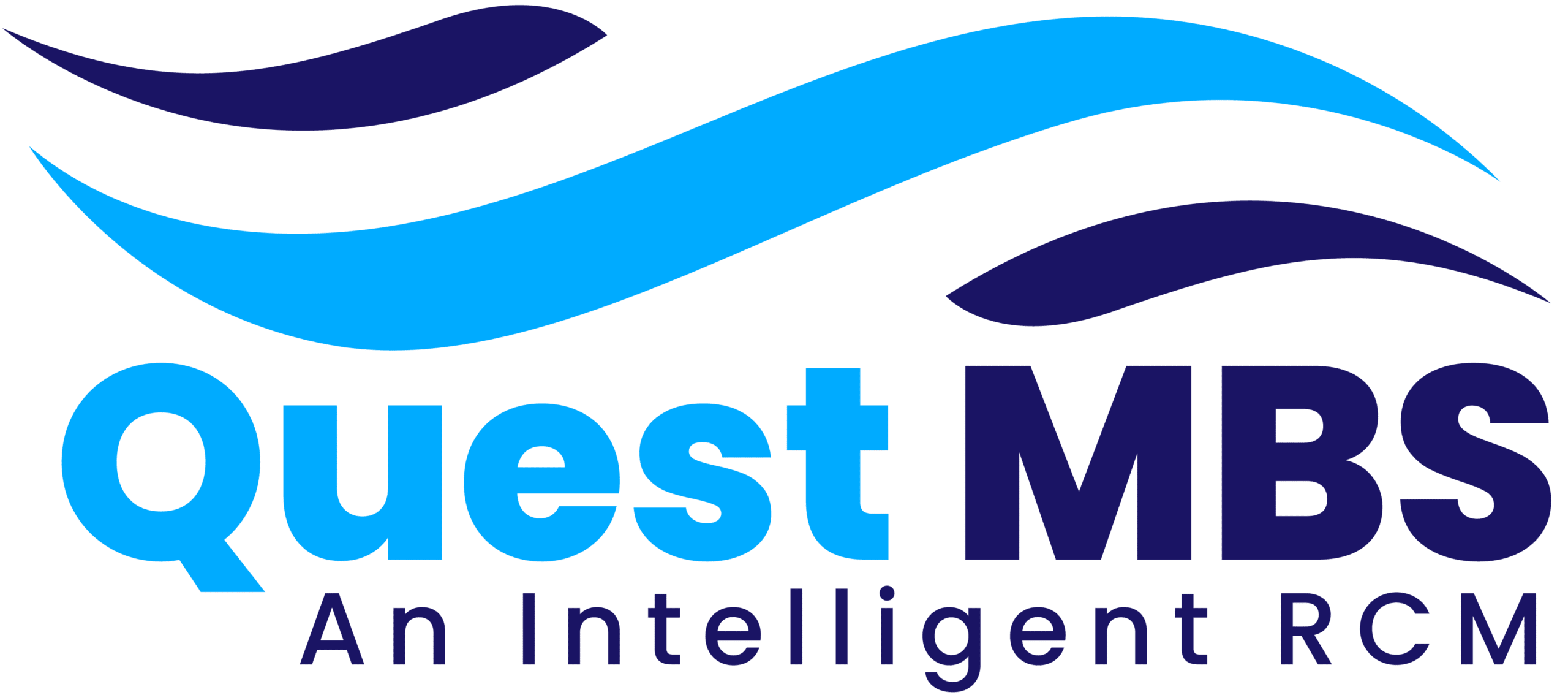Introduction:
Artificial Intelligence (AI) is transforming the healthcare industry, including medical billing. Traditionally, medical billing has been a labor-intensive process requiring extensive manual work, from coding diagnoses and procedures to processing insurance claims and handling payments. Errors in billing can lead to claim denials, financial losses, and compliance issues. AI is helping to streamline these processes by automating tasks, improving accuracy, reducing costs, and enhancing revenue cycle management.
In this article, we will explore the role of AI in medical billing, its benefits, challenges, and future potential.
Understanding Medical Billing and Its Challenges:
Medical billing involves converting healthcare services into standardized codes for insurance claims and payments. It requires precise documentation and adherence to regulations set by entities such as Medicare, Medicaid, and private insurers.
Some of the common challenges in medical billing include:
- Complexity of Coding Systems – The transition from ICD-9 to ICD-10 and the introduction of new codes have made medical coding more complicated.
- Billing Errors – Mistakes in coding, patient data entry, or insurance details can result in claim denials or delays.
- Time-Consuming Processes – Manual billing is slow and labor-intensive, requiring skilled professionals to process claims accurately.
- Fraud and Compliance Issues – Upcoding, duplicate billing, and other fraudulent activities can lead to legal consequences and financial losses.
AI is addressing these challenges by automating billing tasks, minimizing human errors, and ensuring compliance with regulations.
How AI is Transforming Medical Billing:
1. Automating Medical Coding:
AI-powered medical coding software uses Natural Language Processing (NLP) to analyze clinical notes and convert them into standardized billing codes. This automation reduces the burden on medical coders and ensures higher accuracy.
Benefits:
- Faster claim submission
- Reduction in coding errors
- Improved compliance with coding standards
- Increased efficiency for medical billing professionals
Example:
AI-driven tools like 3M M*Modal and Nuance CDE use machine learning to extract relevant medical terms and automatically assign the correct billing codes.
2. Claim Processing and Error Reduction:
One of the biggest challenges in medical billing is claim denials due to errors in patient information, coding, or insurance details. AI algorithms analyze claims before submission, identifying potential errors and suggesting corrections.
Benefits:
- Decreased claim rejection rates
- Faster reimbursements
- Improved cash flow for healthcare providers
Example:
AI-based platforms like Change Healthcare and Optum automate claim verification, reducing denial rates and increasing revenue cycle efficiency.
3. Predictive Analytics for Revenue Cycle Management:
AI can predict claim approval chances based on historical data, helping healthcare providers take corrective actions before submitting claims. Predictive analytics can also forecast revenue trends, allowing providers to optimize their billing strategies.
Benefits:
- Better financial planning
- Reduced revenue losses due to claim denials
- Identification of high-risk claims before submission
Example:
IBM Watson Health uses AI-driven predictive analytics to help hospitals optimize their revenue cycle management and reduce financial risks.
4. Fraud Detection and Compliance Monitoring:
AI can identify fraudulent billing patterns, such as upcoding (billing for more expensive procedures) or phantom billing (charging for services not provided). Machine learning models analyze vast amounts of billing data to detect anomalies and flag suspicious claims.
Benefits:
- Reduction in fraudulent claims
- Enhanced compliance with healthcare regulations
- Lower risk of legal penalties for providers
Example:
The Centers for Medicare & Medicaid Services (CMS) use AI-driven fraud detection systems to monitor billing irregularities and prevent fraudulent activities.
5. Chatbots and Virtual Assistants for Billing Inquiries:
AI-powered chatbots assist patients with billing inquiries, insurance claims, and payment options. These virtual assistants provide quick responses, reducing the workload on billing staff and improving patient satisfaction.
Benefits:
- Faster resolution of patient queries
- Improved patient experience
- Reduced administrative burden on staff
Example:
AI chatbots like Olive AI and Babylon Health assist patients with billing questions and guide them through the claims process.
6. Integration with Electronic Health Records (EHRs):
AI enhances the efficiency of Electronic Health Records (EHRs) by automatically extracting billing information from patient records. This integration minimizes manual data entry and ensures seamless billing operations.
Benefits:
- Reduced administrative workload
- Increased billing accuracy
- Faster claim processing
Example:
Epic Systems and Cerner use AI to integrate billing data with EHRs, allowing smoother claim submission and processing.
Challenges of Implementing AI in Medical Billing:
While AI offers significant advantages in medical billing, it also presents challenges:
1. High Implementation Costs:
- AI-based billing systems require substantial investments in software, infrastructure, and staff training.
- Smaller healthcare providers may struggle with the financial burden of AI adoption.
2. Data Privacy and Security Concerns:
- AI systems handle sensitive patient information, making them a target for cyberattacks.
- Compliance with HIPAA (Health Insurance Portability and Accountability Act) regulations is crucial to ensure data security.
3. Resistance to Change:
- Healthcare providers and billing professionals may be hesitant to adopt AI due to concerns about job displacement and system reliability.
- Proper training and education are needed to encourage AI adoption.
4. Need for Continuous Learning and Updates:
- AI systems require regular updates to adapt to new billing codes, insurance policies, and compliance regulations.
- Continuous monitoring and improvement are necessary to maintain accuracy and efficiency.
Future of AI in Medical Billing:
As AI technology continues to evolve, its role in medical billing will expand further. Some potential future developments include:
1. AI-Powered Blockchain for Billing Security:
- Blockchain technology combined with AI can enhance billing security, ensuring tamper-proof transactions and reducing fraud risks.
- Smart contracts can automate payments, making the billing process more transparent.
2. Advanced Machine Learning for Personalized Billing Solutions:
- AI can personalize billing strategies based on patient history, payment behavior, and insurance plans.
- Customized billing approaches can improve patient satisfaction and increase payment compliance.
3. Robotic Process Automation (RPA) for End-to-End Billing Automation:
- RPA can handle repetitive billing tasks such as data entry, claim verification, and payment processing without human intervention.
- Full automation of the billing cycle can further reduce costs and improve efficiency.
4. AI-Powered Voice Recognition for Hands-Free Billing:
- AI voice assistants may allow doctors to dictate billing codes and patient notes, automating data entry without manual input.
- This technology can further streamline billing workflows and enhance accuracy.
Conclusion:
Artificial Intelligence is revolutionizing medical billing by improving accuracy, reducing errors, enhancing compliance, and automating repetitive tasks. AI-driven solutions are helping healthcare providers optimize revenue cycle management, reduce claim denials, and detect fraudulent activities. Despite challenges such as high costs, data security concerns, and resistance to change, AI adoption in medical billing continues to grow.
As AI technology advances, the future of medical billing will become increasingly automated, efficient, and secure. By embracing AI-powered solutions, healthcare providers can enhance their billing processes, improve financial outcomes, and focus more on patient care rather than administrative burdens.







